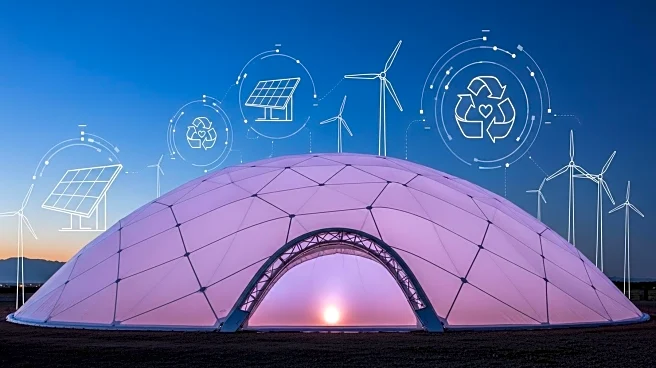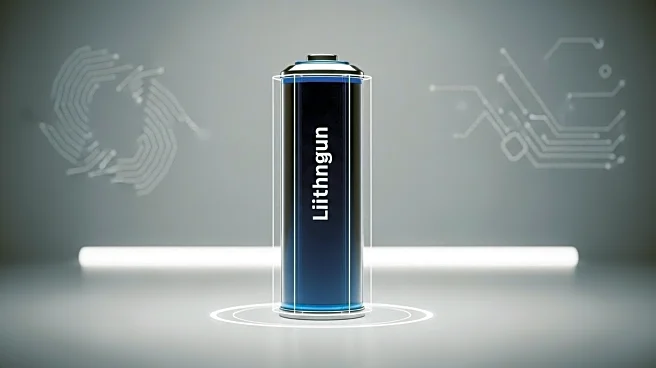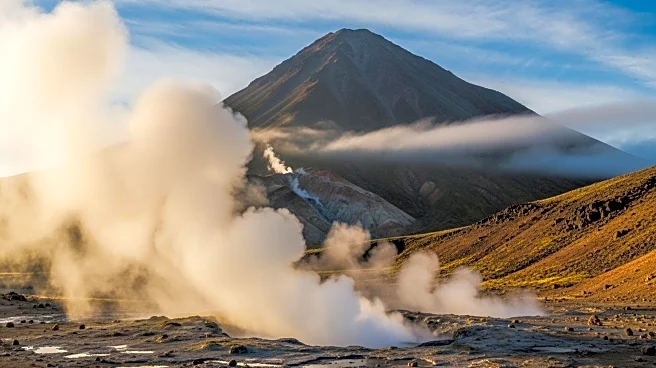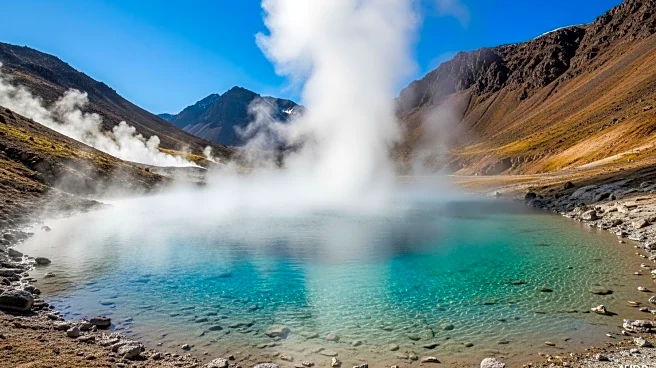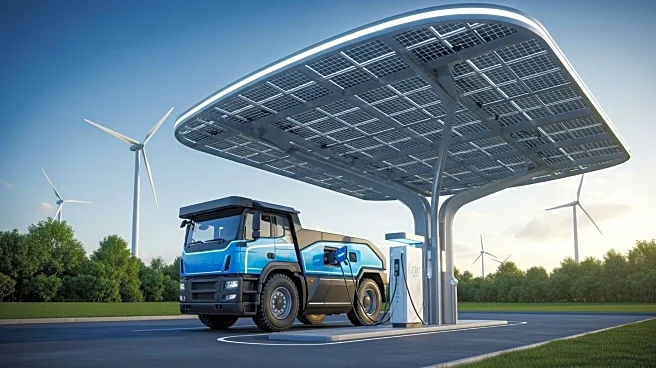What's Happening?
McEwen Copper has released a feasibility study for its Los Azules copper project in Argentina, highlighting a long-life, low-cost operation that will produce high-purity copper cathodes. The study projects an after-tax net present value of $2.9 billion at an 8% discount rate and an internal rate of return of 19.8%, with a payback period of 3.9 years on an initial capital investment of $3.17 billion. The project is expected to produce an average of 204,800 tons of copper cathode annually over the first five years, with a life-of-mine average of 148,200 tons per year over 21 years. The operation will utilize an on-site leach and solvent extraction/electrowinning process, achieving a 72% lower mine-to-metal carbon intensity than the industry average and using 74% less water than conventional milling. The project aims to operate on 100% renewable energy and achieve carbon neutrality by 2038.
Why It's Important?
The Los Azules project represents a significant advancement in sustainable mining practices, aligning with global efforts to transition to clean energy. By reducing carbon intensity and water usage, the project sets a new standard for environmentally responsible mining. The economic benefits are substantial, with strong projected returns and a significant contribution to the copper supply, which is crucial for the production of electric vehicles and renewable energy technologies. The collaboration with the International Finance Corporation and potential financing from major suppliers further de-risks the project, making it an attractive investment opportunity. This development could influence other mining companies to adopt similar sustainable practices, potentially reshaping the industry's approach to environmental responsibility.
What's Next?
Construction of the Los Azules project is slated to begin in 2026, with the start-up of the solvent extraction/electrowinning process expected in 2029 and the first copper production in 2030. The project's progress will be closely monitored by stakeholders in the mining and renewable energy sectors, as its success could serve as a model for future projects. The involvement of the International Finance Corporation and other financial partners will be crucial in securing the necessary funding and ensuring the project's viability. As the project moves forward, it may also prompt regulatory bodies to consider new standards for sustainability in mining operations.
Beyond the Headlines
The Los Azules project not only promises economic and environmental benefits but also raises important questions about the future of mining in sensitive ecological areas. The commitment to renewable energy and reduced environmental impact could lead to increased scrutiny and pressure on other mining operations to adopt similar practices. Additionally, the project's success could influence policy discussions around mining regulations and the role of international financial institutions in promoting sustainable development. The emphasis on carbon neutrality and water conservation may also drive innovation in mining technologies, potentially leading to broader industry shifts.

